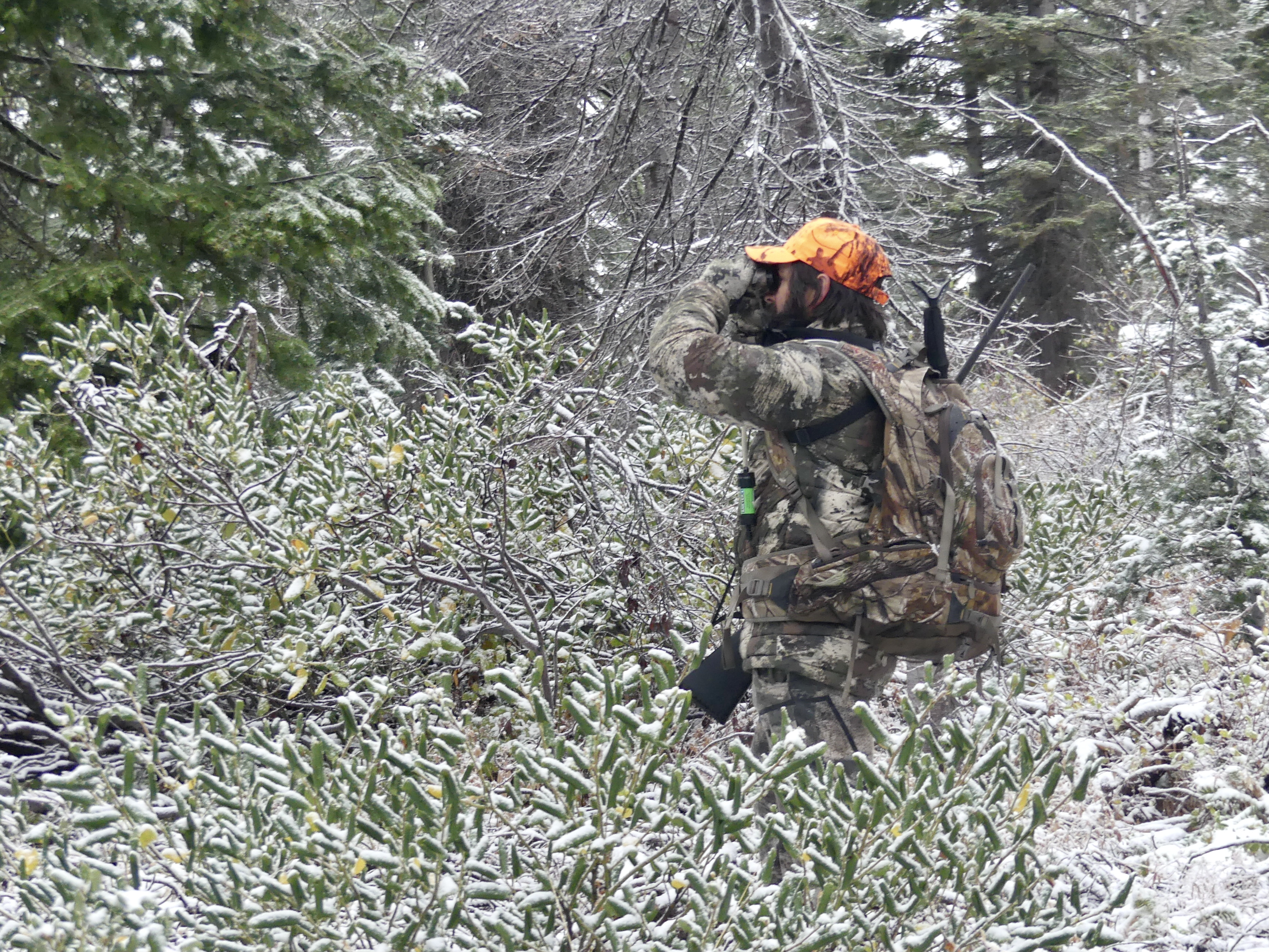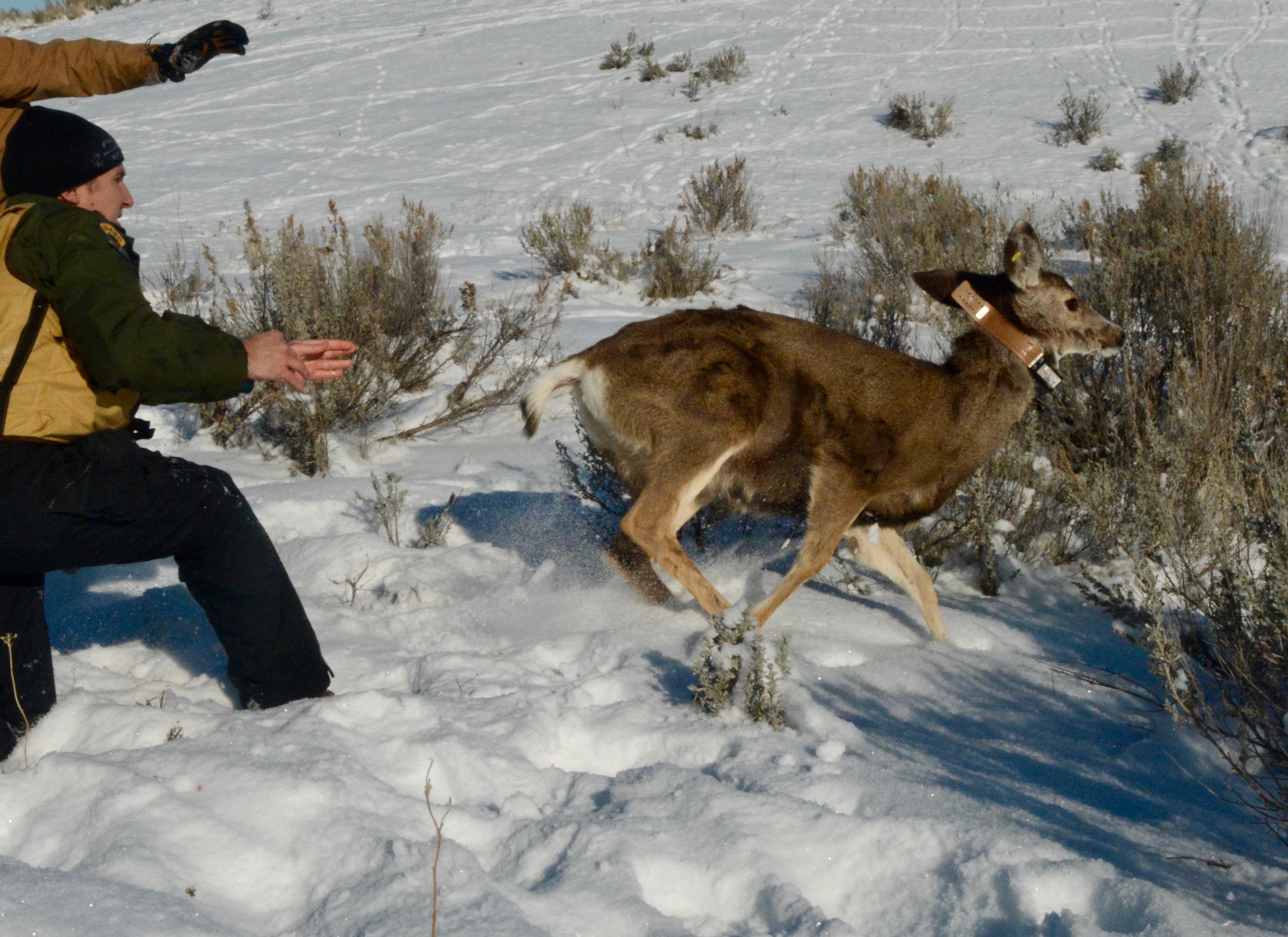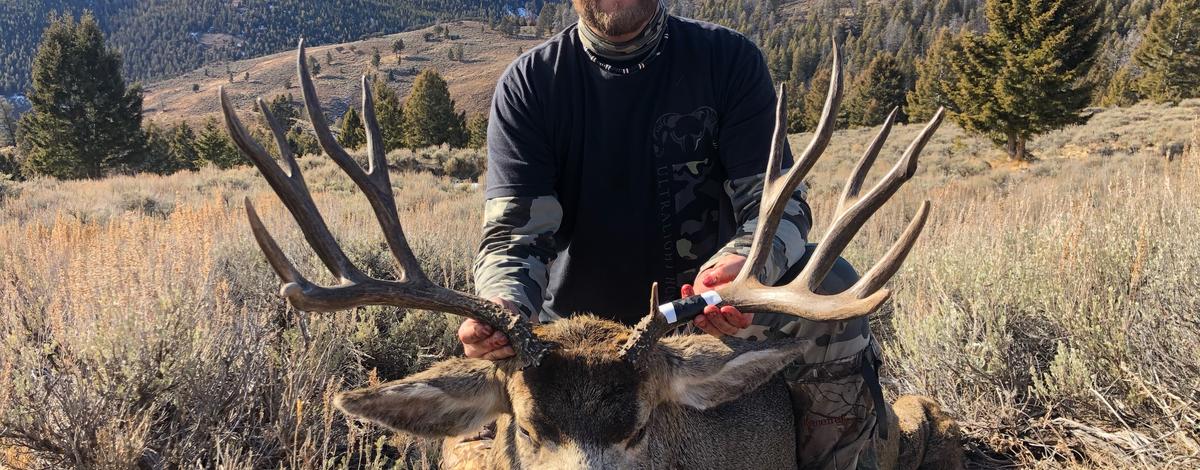The application period for fall 2021 deer, elk, pronghorn, fall black bear and fall turkey controlled hunts begins May 1 and runs through June 5.
Hunters with a valid 2021 Idaho hunting license may apply for controlled hunts at any license vendor, Fish and Game office, or with a credit card online at license.gooutdoorsidaho.com or by calling 1-800-554-8685. There is an additional fee for online and phone orders.
Successful controlled hunt applicants will be notified by July 10.
Controlled hunts are an excellent opportunity to try for a chance at some of Idaho’s best hunts. While it takes some research to determine which controlled hunt is right for you, and you’re limited to that hunt in most cases, controlled hunts traditionally have higher success rates than general hunts, fewer hunters in the field, and many hunters feel they have a better chance of harvesting a mature bull or buck during a controlled hunt.
Here are some things that hunters should keep in mind for the upcoming controlled hunt application period:
- Five day wait to buy capped elk zone tags: Residents who apply for a controlled elk hunt cannot buy a capped elk zone tag until five days after they go on sale, regardless of whether they draw a controlled hunt elk tag. Some controlled hunts are exempt from the waiting period, including extra elk hunts, depredation hunts, Landowner Appreciation Program hunts, or Super Hunts. See Page 2 of the Idaho Big Game 2021 Seasons and Rules brochure, and read more about the change, which was implemented prior to the 2020 hunting season, here.
- Pronghorn hunters: In a major statewide change for pronghorn hunters, the Commission on March 18 approved changing unlimited archery controlled hunts for pronghorn into first-choice only hunts. Wildlife managers proposed the change in response to steadily increasing numbers of archery pronghorn hunters over the past 10 years and an effort to reduce hunter numbers in these controlled hunts. Going hand-in-hand with that change, the Commission also approved the reorganization of pronghorn units into 10 hunt areas for first-choice only controlled archery hunts.
- One year wait for successful pronghorn applicants: Beginning July 1, any person drawn for a controlled pronghorn hunt (including either sex or doe and fawn) is ineligible to apply the following year for any controlled pronghorn hunt. (See Page 108 of the big game rules booklet for exceptions.)
- Nonresidents can still apply for deer, elk controlled hunts: Although over-the-counter deer and elk tags sold out, nonresidents are still eligible to apply for controlled hunts. Nonresidents are allowed no more than 10 percent of the tags available in any individual controlled hunt.
- Other changes: Hunters should check out the Idaho Big Game 2021 Big Game Seasons and Rules Brochure for more detailed information and be sure to check for any changes to seasons for the areas in which they plan to hunt. Keep in mind that controlled hunt numbers (which are used for the application process) can change from year to year. The big game brochure is available online and in print at Fish and Game offices and license vendors.
2021 big game outlook preview

It’s early to make predictions about the 2021 fall big game seasons — Fish and Game staff typically provide a comprehensive big game outlook just before hunting seasons kick off — but things currently look promising.
Information from recent harvest years and ongoing winter survival monitoring of elk and mule deer herds provide a glimpse of what might happen in 2021 if harvests and survival continue on their current trajectory — at least from a statewide perspective.
Statewide and including all hunt types, Idaho hunters enjoyed more success and harvested more animals than they did the prior year, which you can read more about here. Total deer and elk harvests were up by about 11 and 10 percent from 2019. In many parts of the state, mule deer herds bounced back a bit from a series of tough winters, and that was reflected with an uptick in harvest and a slight increase in success rates. Whitetail harvest, which is notoriously dependent on the weather during the hunting season, enjoyed an even more significant boost. Elk harvest remained over 20,000 for the seventh straight year.
In controlled hunts specifically, hunters saw success rates climb slightly for mule deer and elk, and more significantly for whitetails, and more animals of each species were harvested. In 2020, the success rate was 42 percent for controlled elk hunts (up from 38 in 2019), 51 percent for mule deer (up from 49 percent), and 54 percent for whitetails (up from 45 percent). In the cases of elk and mule deer in 2020, the controlled hunt success rate more than doubled that of general hunts, which isn’t uncommon.
Fawn/calf winter survival

Through the end March, statewide winter survival of tracking-collared mule deer fawns and elk calves was still at or slightly above average. While that’s similar to the last estimate provided for February, wildlife managers are now expecting lower statewide fawn survival than 2019-20 (but still average to above-average).
Hunters should keep in mind that things can still change before monitoring wraps up at the end of May. Threats to young animals trying to survive their first winter are not over because cool spring weather can be fatal to fawns and calves. For mule deer fawns in particular, a stretch of cold, wet weather in the early spring can substantially decrease survival, and biologists can see winter-related mortality as late as May.
While this statewide information gives hunters an idea of how herds are currently faring, and how hunters have recently fared statewide, Idaho is a large and diverse state, and things can vary significantly depending on where you hunt.
Check the Hunt Planner
For controlled hunts, which are limited to a specific area, more specific information is required — and that’s where Fish and Game’s Hunt Planner comes in. The harvest stats for individual units and zones from the 2020 big game seasons, including both controlled hunts and general season hunts, are available on Fish and Game's website at idfg.idaho.gov/ifwis/huntplanner/.
Hunters can also find controlled hunt draw odds from recent years in the Hunt Planner. While the draw odds vary from year to year depending on the number of applicants, these statistics can give hunters a general idea of how much interest there is in a specific controlled hunt.
Video: How to submit a controlled hunt application
Super Hunt provides additional opportunities, deadline for first drawing is May 31
Hunters wanting more opportunities for the best tags available can apply for Idaho’s Super Hunts as often as they want, which allow winners to hunt in any open unit for the species they drew – general or controlled hunts – for deer, elk, pronghorn and moose.
A Super Hunt tag represents an additional chance to harvest an animal. If you draw a controlled hunt for deer, elk, or antelope, you can participate in the controlled hunt (or a general season hunt that you want to participate in) as well as the Super Hunt. This applies to moose hunts, as well, and you don’t have to buy a 2021 hunting license to apply for Super Hunts.

